[ad_1]

David Alhadeff
| Photo Credit: Sushil Kumar Verma
David Alhadeff is a celebrated figure in the world of design. The Seattle born native, who now lives in Los Angeles, championed the work of contemporary American design at a time when that nation was fascinated by mid-century masters and all things Europe. Almost a decade ago, The New York Times wrote: “The self-described outsider was soon the fulcrum of a witty, rustic brand of industrial-tinged modernism now known worldwide simply as ‘Brooklyn’.”
The Future Perfect, the design gallery he founded about 20 years ago, represents work from all over the world. “The brand started with a strong leaning towards American design, but over the years, we’ve expanded our purview to encompass international design,” says Alhadeff. “Our upcoming events include the first solo show by Adam D. Miller of highly graphic and colourful clay pots, furniture and sculptural objects by Netherlands-based studio artist Floris Wubben, and a group exhibition curated by Gallery Director Laura Young, which explores the reality of being a plus sized person in the design world, where furniture is not made for larger bodies.”
During a brief stop-over in New Delhi last month, while en route to attend Qatar’s design biennale, Design Doha, where he was a judge, Alhadeff spoke to the Magazine about the significance of contemporary design and why it ought to be taken as seriously as the visual arts.
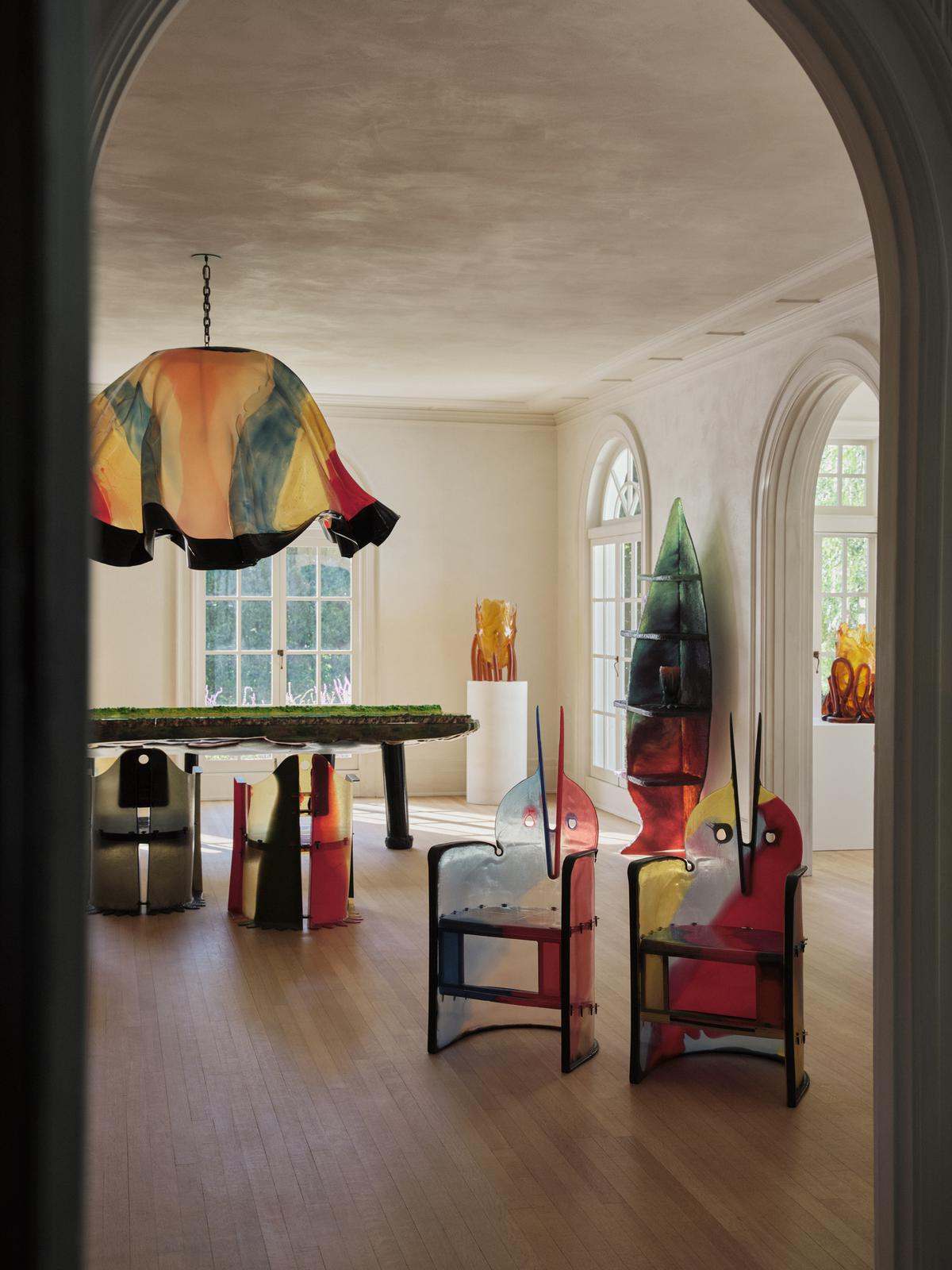
Designs from The Future Perfect
| Photo Credit:
Rich Stapleton
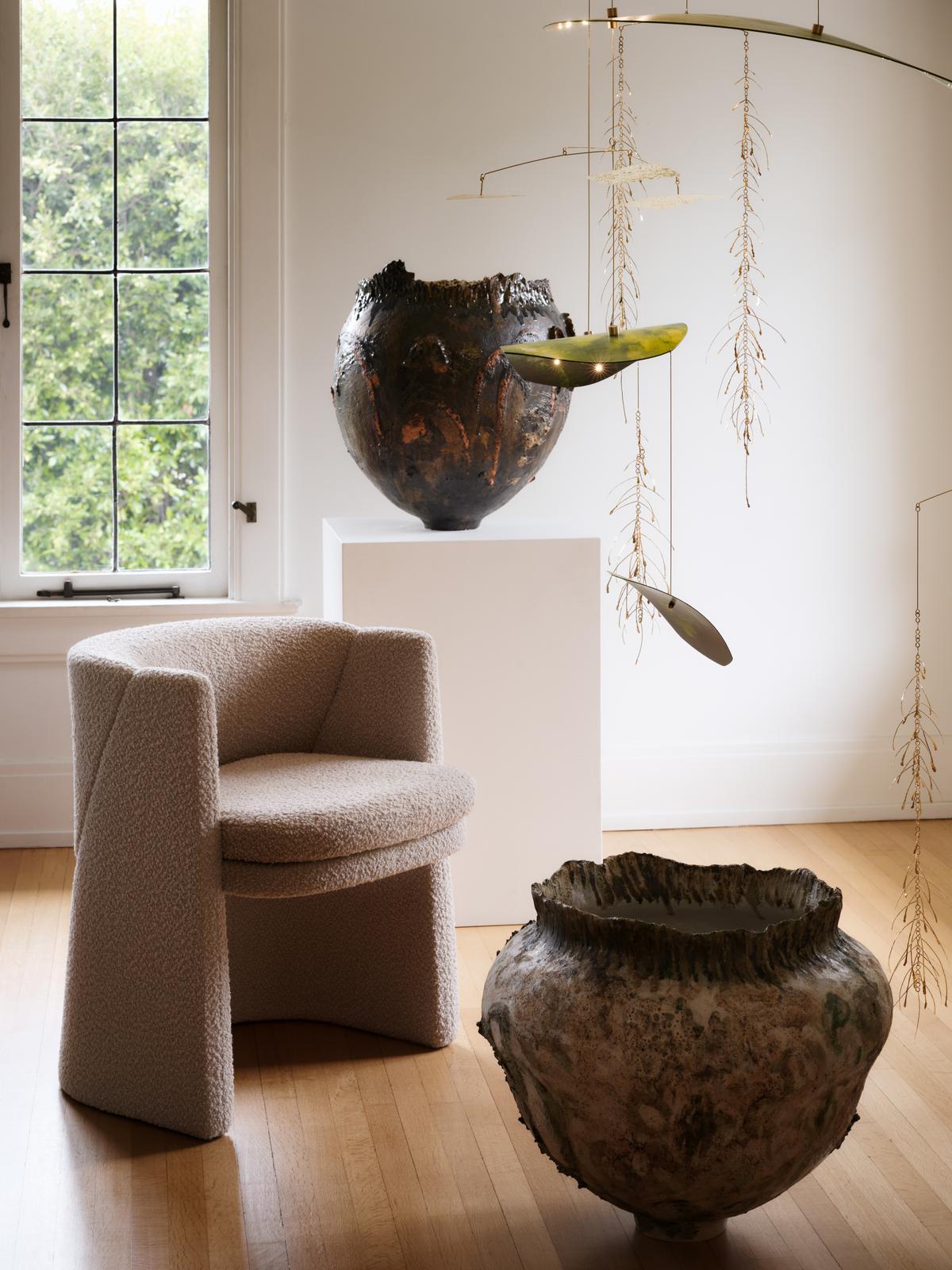
Representing American design talent
| Photo Credit:
Elizabeth Carababas
What attracted you to the world of design?
I had always loved interior design, industrial design, and I founded Future Perfect as a way for me to take that personal interest and make a business out of it. Twenty years ago, the design scene in New York was dominated by the big brand Italian players like B&B Italia and Boltani. When I started, I saw this amazing community in New York that was producing beautiful furniture and no one was representing this work. So, we opened by representing that American design talent. At the time, I didn’t realise what a brash move that was. Today there is a developed design gallery movement in cities like New York, Los Angeles, Paris, London.
What do you think has shifted in terms of consumers taking design more seriously?
It’s multi-pronged, in a very democratic way. It starts by large brands investing in design and showing people that there’s a difference in something that is well-designed as compared to something that has not really been considered in that way. But I think for our company and for the niche that we work in, the biggest move that happened is that [unlike] 20 years ago, when in the specialised high-end world, people were more interested in historical design, now there’s much more appreciation for contemporary design and talent.
A recent column in the Financial Times said contemporary design can have as much soul as antiques. I love that idea. It wasn’t like that when I started. People would say things to me, ‘Oh my God, I never buy contemporary design, I can’t believe I’m buying this.’ I didn’t know how odd it was at the time that we had opened up a contemporary design gallery. What I’ve noticed over time is that there’s been an ongoing appreciation and we no longer have to defend our position as a contemporary design gallery. It also seems now that a lot of the historical galleries that used to represent more of that vintage work, have developed programmes of contemporary design.
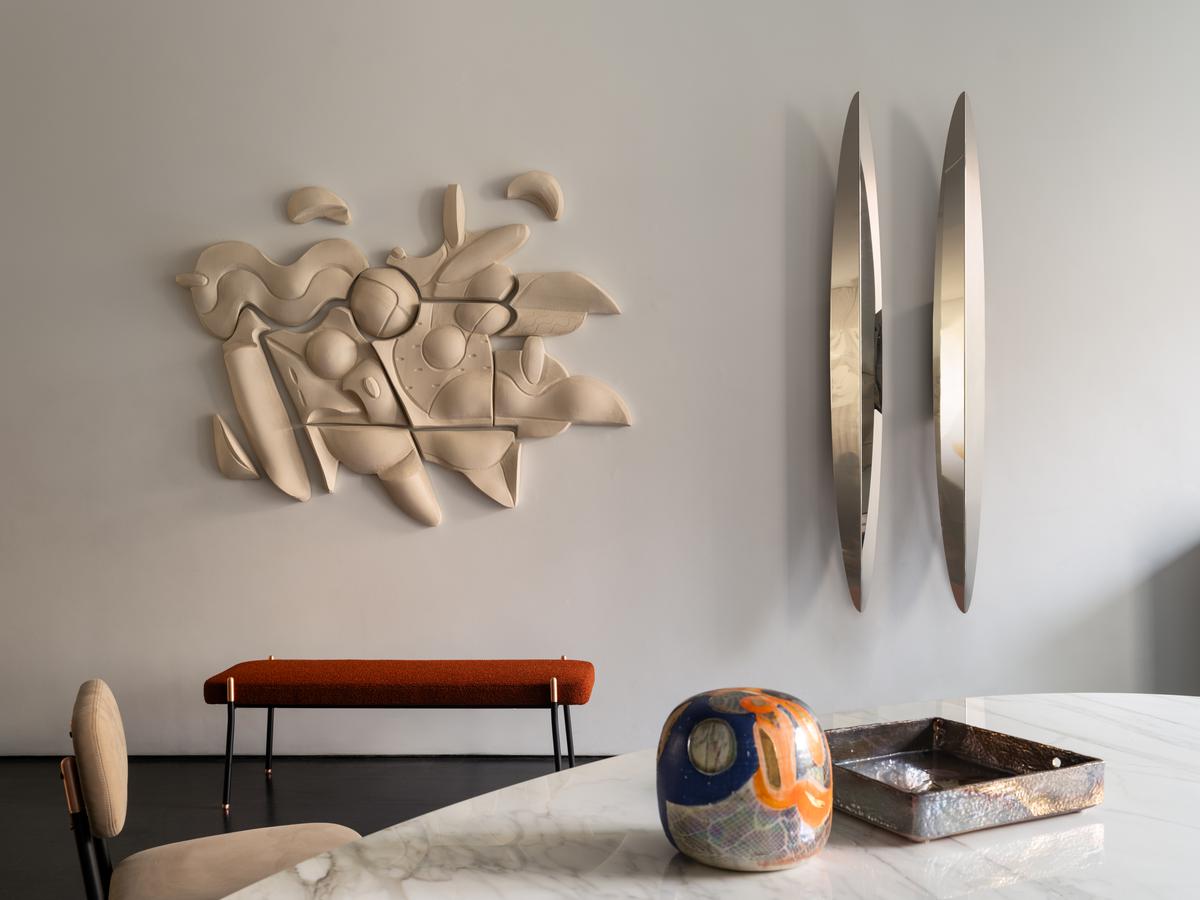
‘There’s much more appreciation for contemporary design and talent now’
| Photo Credit:
Joe Kramm
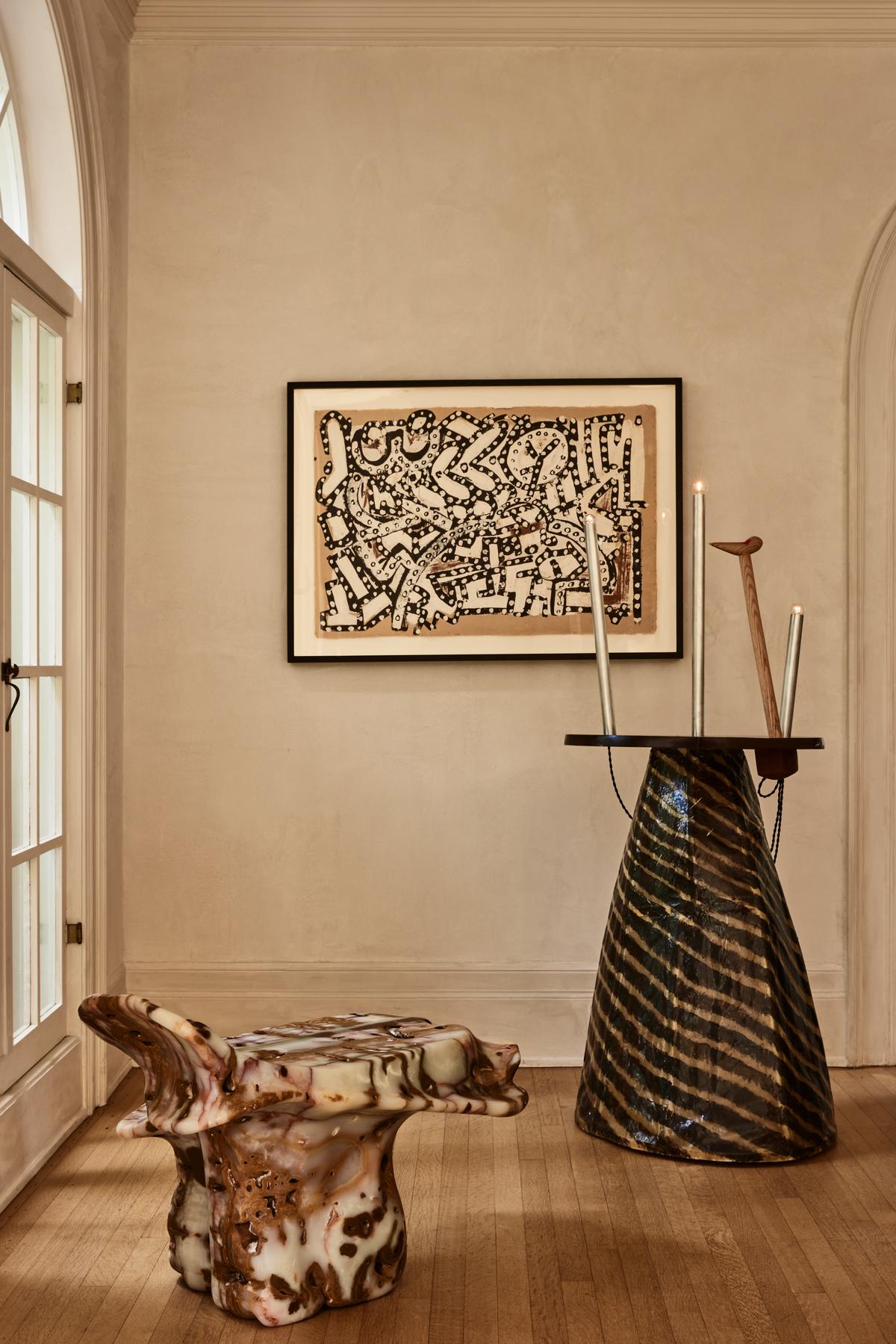
Industrial-tinged modernism
| Photo Credit:
Sam Frost
What books would you recommend for people to learn more about design?
As you go down the rabbit hole, there are so many beautiful and unique boutique publications. There’s a new interiors magazine called Ton. Arc Journal is beautiful. I recently got this beautiful book of the photographer Horst [P. Horst], of his interiors photos, and it was very inspiring. I also have a lot of great vintage design books, like Styles of Living, all the Memphis Group’s catalogues and [Italian architect] Gaetano Pesce books. Learning from Las Vegas and Rem Koolhaas’ Delicious New York are inspiring. The Internet is an incredible resource, too. Instagram handles I love are @_sightunseen_ and @amyastley, who is editor in chief of Architectural Digest USA.
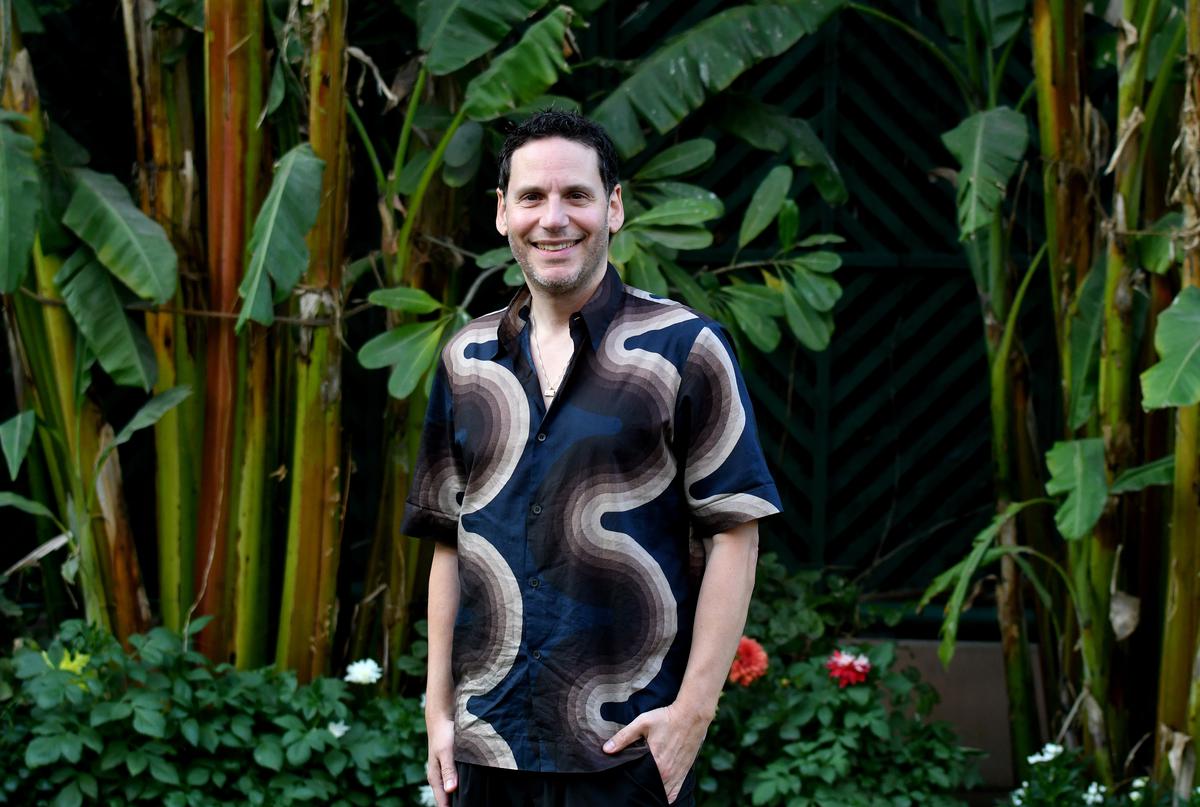
David Alhadeff in Delhi
| Photo Credit:
Sushil Kumar Verma
What are your thoughts on India’s design scene?
Indian design is having a bit of a contemporary renaissance. I am a big fan of Indian culture and design, so I wanted to enrich myself with it as much as possible, from the manufacturing to the designers who work here. There has been cross cultural collaboration between India and the world, [mostly] in the area of textile fabrication. But the contemporary design scene is something I’m not as familiar with. So, just visiting is an incredible education. For example, I got connected to Vikram Goyal in Delhi. He is exactly the kind of artist that we look to represent. There is nothing quite like meeting someone face-to-face, which really helps to solidify the opportunity to work together.
I am also doing factory tours to learn about fabrication in India and working with the makers’ community. They are an amazing resource to be able to collaborate with. The casting works in bronze, brass, aluminium, for instance. What is made for the domestic market would not be right for the U.S., but the people and their capabilities are international. So, if paired with the right design talent, any skilled fabricators and crafts people could produce work well suited to the markets that I work in.
[ad_2]
Source link





